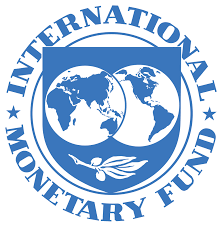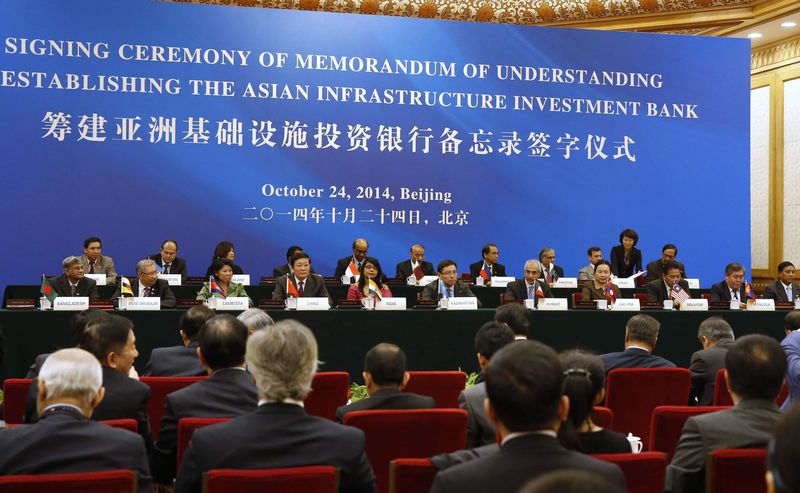The International Monetary Fund (IMF) is an international organization which promotes international monetary cooperation and provides policy advice and technical assistance to help countries build and maintain strong economies.
IMF presently has 189 member countries. Nauru is the 189th country to join IMF in 2016.
India joined the IMF in 1945 (when it was created).
The resources for IMF loans are member countries themselves. IMF collects funds from member countries.
MD: The IMF is led by a managing director, who is head of the staff and serves as Chairman of the Executive Board. The present MD of IMF is Kristalina Georgiva since 2019. She is a national of Bulgaria and held positions like Acting President of the World Bank Group from 1 February 2019 to 8 April 2019. The term length of MD is 5 years which is renewable.
The Corporate Office of World bank in India is in New Delhi. The IMF office in India covers Bhutan and oversees the IMF office in Nepal.
Chief economist: Indian American Gita Gopinath joined IMF as its 11th chief economist in 2018. By this appointment she became the first female to be for the chief economist post
Primary purpose of IMF:
To ensure the stability of the international monetary system—the system of exchange rates and international payments enables countries (and their citizens) to transact with each other.
It does so in three ways:
- keeping track of the global economy and the economies of member countries;
- lending to countries with balance of payments difficulties; and
- giving practical help to members.
When and why the IMF was formed?
- The idea of IMF, also known as the Fund, was conceived at a UN conference in Bretton Woods in July 1944. It was officially created in December 1945. It is headquartered in Washington, D.C, USA.
- The World Bank and International Monetary Fund (IMF) were created at the end of World War II by the U.S. and British governments. There were various clashes between the making of governments. This required international institutions that would promote capitalist policies and strengthen the power of the corporate sector.
IMF help its member countries by
- Giving loans to countries to help them overcome economic difficulties;
- Giving advice to governments and central banks on economic trends;
- Facilitating the growth of international trade, thus promoting job creation, economic growth, and poverty reduction;
- Providing technical assistance and training to help countries improve the management of their economies;
- Lending countries foreign exchange when needed, on a temporary basis and under adequate safeguards, to help them address balance of payments problems.
India and IMF in previous years:
- In 1981-82, India borrowed SDR 3.9 billion under an Extended Fund Facility, the largest arrangement in IMF history at the time.
- In 1991-93, India borrowed a total of SDR 2.2 billion under two stand by arrangements, and
- In 1991 it borrowed SDR 1.4 billion under the Compensatory Financing Facility.
- The IMF has provided India with technical assistance in a number of areas, including the development of the government securities market, foreign exchange market reform, public expenditure management, tax and customs administration, and strengthening statistical systems.
- Since 1981 the IMF Institute has provided training to Indian officials in national accounts, tax administration, balance of payments compilation, monetary policy, and other areas.



